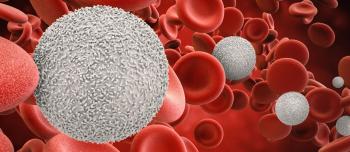Results from a six-year study of patients with hemophilia A and B produced interesting findings. The Hemophilia Inhibitor Research Study (HIRS) enrolled 1,163 patients from 17 federally funded hemophilia treatment centers (HTCs). One of the goals was to predict which patients were at highest risk for development of inhibitors, antibodies to infused factor.
“A Study of Prospective Surveillance for Inhibitors Among Persons with Haemophilia in the United States,” was published in the March 2014 issue of Haemophilia. The lead investigator was Michael Soucie, PhD, Division of Blood Disorders, National Center on Birth Defects and Developmental Disabilities, Centers for Disease Control and Prevention (CDC) in Atlanta.
A central laboratory performed periodic inhibitor tests using blood samples and genotyped the subjects. In all, 3048 inhibitor tests (some patients were screened more than once) were conducted. The main findings were:
- All people with hemophilia are at risk for developing inhibitors
- One-third of newly developed inhibitors were found in people with non-severe hemophilia
- One-half were older than 5 years old
- Six out of 10 people with hemophilia with an inhibitor had no symptoms
- 23 new FVIII inhibitors were identified
- 431 distinct mutations were genotyped, 151 of which had not previously been reported
HIRS investigators and CDC researchers determined that individuals with hemophilia of all ages were at risk for developing an inhibitor. Further, CDC now estimates that approximately 60% of people with an inhibitor have no symptoms. Without regular screening, a significant number of these patients may not be aware of the inhibitor until they experience severe bleeding.
The CDC concluded that patients with hemophilia receiving care in federally funded HTCs will be tested yearly for an inhibitor by the CDC Division of Blood Disorders laboratory as part of Community Counts, its new blood monitoring program.
Source: CDC





